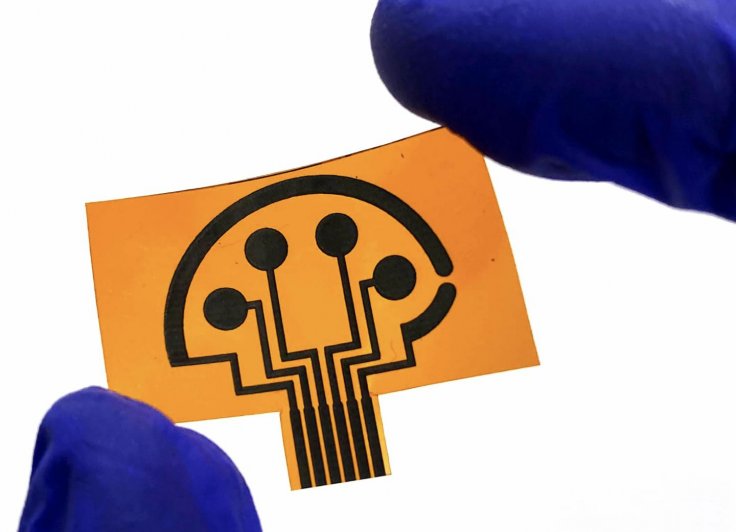One of the biggest hurdles in containing the spread of the COVID-19 is the role of asymptomatic carriers in its spread. Without any notable manifestations to engage in self-isolation, they can infect numerous individuals.
Researchers from the California Institute of Technology (Caltech) have developed a new form of the multi-layered test, combining several types of data, using a low-cost sensor that can potentially enable diagnosis of the coronavirus infection at home through rapid analysis of blood or saliva in below 10 minutes, and eliminating the involvement of a medical.
"We demonstrate a multiplexed, portable, wireless electrochemical platform for ultra-rapid detection of COVID-19: the SARS-CoV-2 RapidPlex," the authors wrote. Wei Gao, the lead author of the study, had earlier developed wireless sensors that could monitor conditions such as stress levels and gout, through the detection of low levels of particular compounds in sweat, blood, or saliva.
Carbon-Based Sensor

The sensors are fashioned out of graphene, a form of carbon that is sheet-like where the atoms are arranged in the form of a two-dimensional honeycomb lattice. A plastic sheet engraved with a laser produces a 3D graphene formation with minute pores. These tiny pores generate a large surface area on the sensor. This makes the sensor highly sensitive for the detection of compounds present in very small quantities with high accuracy.
For this, the structures are combined with antibodies, proteins generated by the body's immune system to fight infection-causing pathogens that invade the body, which are sensitive to particular proteins such as the ones found on the surface of the SARS-CoV-2 coronavirus.
Reinventing Sensor to Detect COVID-19

The earlier iterations of the sensor were imbibed with antibodies meant for the detection of the stress-related hormone cortisol. High concentrations of the hormone are known to cause gout. The new modified version of the sensor has been christened as 'SARS-CoV-2 RapidPlex' by the team.
It is impregnated with proteins and antibodies that can detect the presence of the coronavirus, antibodies produced by the body to tackle the virus, and chemical biomarkers of inflammation (which serve as an indicator of how adverse COVID-19 is).
"This is the only telemedicine platform I've seen that can give information about the infection in three types of data with a single sensor. In as little as a few minutes, we can simultaneously check these levels, so we get a full picture of the infection, including early infection, immunity, and severity," Gao said.
Potential for Home Use

As of now, the sensor has been tested only under laboratory conditions using small amounts of saliva and blood samples procured from individuals who have tested both negative and positive for COVID-19. In spite of preliminary results suggesting that the sensor demonstrates a high level of accuracy, a widespread test involving real patients must be carried out to determine the accuracy of the sensor definitively, cautioned Gao.
The team now intends to test the durability of the sensors for regular use, and commence testing with hospitalized COVID-19 patients. After in-hospital testing, the scientists intend to study the sustainability of the tests for home use. If the testing proves successful, regulatory approval will have to be sought before making it available for large-scale use at home.
"Our ultimate aim really is home use. In the following year, we plan to mail them to high-risk individuals for at-home testing. And in the future, this platform could be modified for other types of infectious disease testing at home," Gao concluded.









